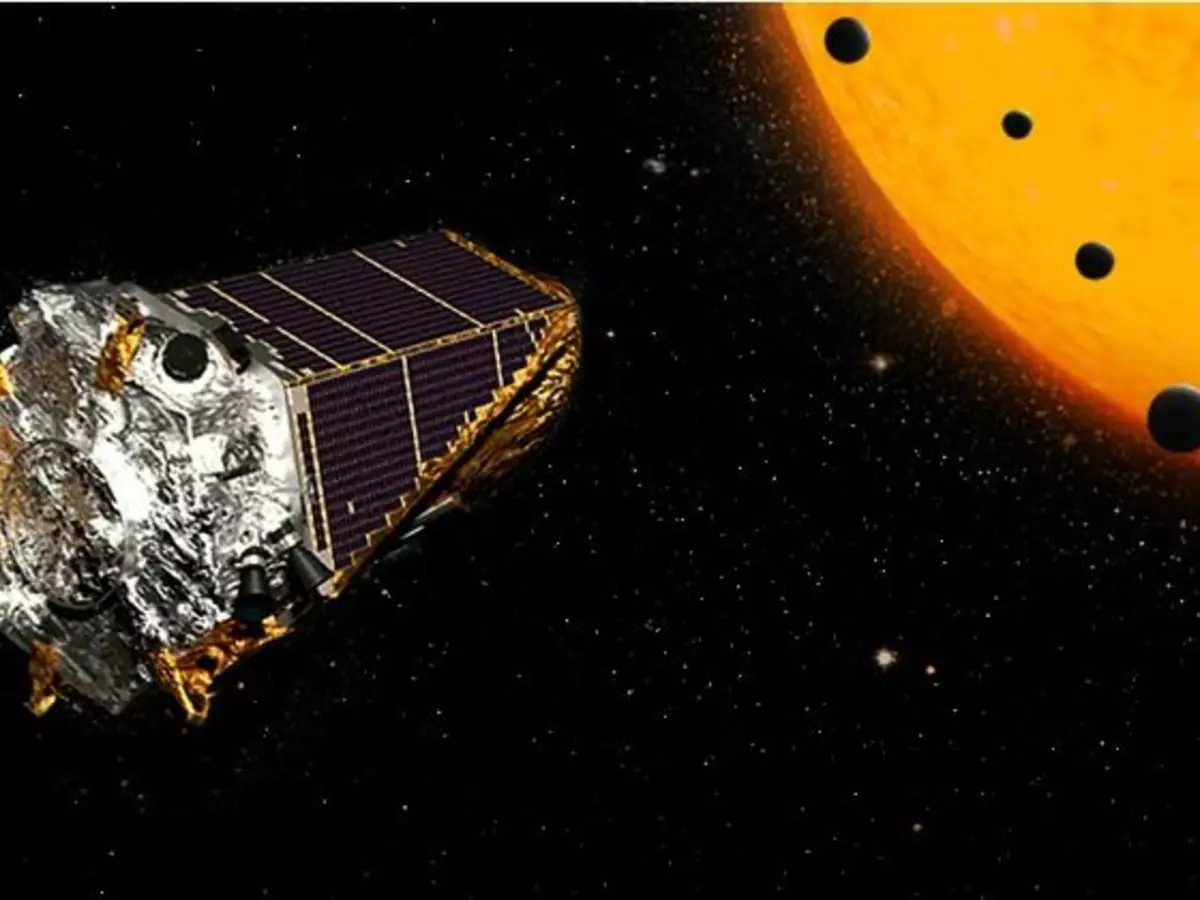With Only A Few Months Of Fuel Left, NASA's Amazing Kepler Spacecraft Will Soon Be Lost Forever
The alien-hunting telescope has been in operation for close to a decade.

NASA¡¯s Kepler spacecraft has been out in the abyss of space, peering into the void within the Milky Way galaxy for nearly 10 years now. It¡¯s spotted over 2,500 confirmed planets in orbit around faraway stars, and another 2,500 more waiting to be confirmed. Unfortunately, the spacecraft is now running out of gas.

Thirty of the confirmed planets spotted by the Kepler Space Telescope are within their stars¡¯ habitable zones, and could even have liquid water like on Earth. But there¡¯s no way for the spacecraft to refuel on its mission, so it has an expiration date.
¡°With nary a gas station to be found in deep space, the spacecraft is going to run out of fuel,¡± Charlie Sobeck, the system engineer for the Kepler space telescope mission, said in a NASA statement.
¡°We expect to reach that moment within several months.¡±
The Kepler telescope was placed into orbit around a sun about 94 million miles away from Earth. That way, Earth¡¯s gravity and the light reflected from our planet won¡¯t interfere with the telescope¡¯s precise readings from distant worlds.

At least unlike other satellites placed into Earth orbit, Kepler won¡¯t become obstructive space junk when it dies. ¡°Deep space missions like Kepler are nowhere near Earth or sensitive environments, which means we can afford to squeeze every last drop of data from the spacecraft,¡± Sobeck added.
However, it¡¯s a testament to the engineering and adaptiveness of NASA that the telescope is even still working. In 2013, a wheel used to keep the spacecraft oriented correctly broke, meaning that it would be impossible to keep the telescope pointed in one direction at a time, which was the point of the entire mission. Instead, NASA found a way to temporarily stabilize the device for months at a time, using pressure from sunlight. ¡°It¡¯s like a kayak steering into the current,¡± said Sobeck.
Even with that broken part, Kepler has spotted hundreds more exoplanets since, of which 300 have been confirmed. However, NASA isn¡¯t just going to abandon the project now that Kepler is on the way out. It¡¯s soon to be replaced by another exoplanet-hunter called the Transiting Exoplanet Survey Satellite (TESS), expected to launch April 16
